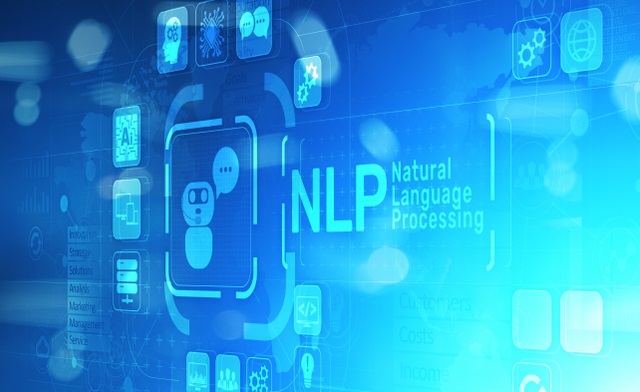Unveiling the Foundations of NLP: Vectors, Transformers, and Model Implementations
 Prakhar Kumar
Prakhar Kumar
Introduction: Vectors, transformers, and models like BERT are the cornerstones of Natural Language Processing (NLP). In this detailed exploration, we'll delve into the mathematical intricacies of vectors and transformers, their pivotal roles in NLP, and how various model implementations, including NLTK, Gensim, and spaCy, leverage these concepts to revolutionize language understanding.
Vectors in NLP: Vectors are numerical representations of words, phrases, and documents, enabling machines to process and comprehend language. Word embeddings such as Word2Vec, GloVe, and FastText transform words into dense vectors in a high-dimensional space, capturing semantic relationships and contextual nuances. Mathematically, a word embedding can be denoted as �wordvword, where �wordvword is a vector of dimension �d representing the word. The cosine similarity between two word vectors �word1vword1 and �word2vword2 is calculated as:
Cosine Similarity=�word1⋅�word2∥�word1∥∥�word2∥Cosine Similarity=∥vword1∥∥vword2∥vword1⋅vword2
This formula quantifies the semantic similarity between words based on the angle between their vector representations.
Transformers in NLP: Transformers, introduced in the "Attention is All You Need" paper, utilize self-attention mechanisms for efficient processing of input sequences. Unlike sequential models, transformers capture long-range dependencies and context effectively. The self-attention mechanism computes attention scores Attention(�,�,�)Attention(Q,K,V) using queries �Q, keys �K, and values �V, which are linear projections of input embeddings.
Attention(�,�,�)=Softmax(�����)�Attention(Q,K,V)=Softmax(dkQKT)V
Multi-head attention, a key transformer component, allows parallel computation of attention mechanisms, providing diverse insights into the input data.
Model Implementations: Models like NLTK, Gensim, and spaCy utilize various algorithms for NLP tasks such as tokenization, TF-IDF, LDA, and summarization.
NLTK (Natural Language Toolkit):
Tokenization Formula:
arduinoCopy codefrom nltk.tokenize import word_tokenize tokens = word_tokenize(text)TF-IDF Formula:
scssCopy codefrom sklearn.feature_extraction.text import TfidfVectorizer tfidf_vectorizer = TfidfVectorizer() tfidf_matrix = tfidf_vectorizer.fit_transform(corpus)
Gensim:
LDA (Latent Dirichlet Allocation) Formula:
javaCopy codefrom gensim.models import LdaModel lda_model = LdaModel(corpus, num_topics=10)Summarization Formula (using TextRank):
arduinoCopy codefrom gensim.summarization import summarize summary = summarize(text)
spaCy:
Tokenization and POS Tagging Formula:
makefileCopy codeimport spacy nlp = spacy.load("en_core_web_sm") doc = nlp(text) tokens = [token.text for token in doc] pos_tags = [token.pos_ for token in doc]
These formulas showcase how NLTK, Gensim, and spaCy implement key NLP algorithms for tasks like tokenization, TF-IDF computation, LDA topic modeling, and text summarization, adding to the diversity and versatility of NLP toolkits.
Conclusion: Vectors, transformers, and model implementations are the pillars of modern NLP, enabling a wide range of applications and tasks. By understanding the mathematical foundations and algorithmic implementations across different frameworks, NLP practitioners can build robust systems for language understanding, analysis, and generation, driving continuous advancements in language technology.
Subscribe to my newsletter
Read articles from Prakhar Kumar directly inside your inbox. Subscribe to the newsletter, and don't miss out.
Written by
